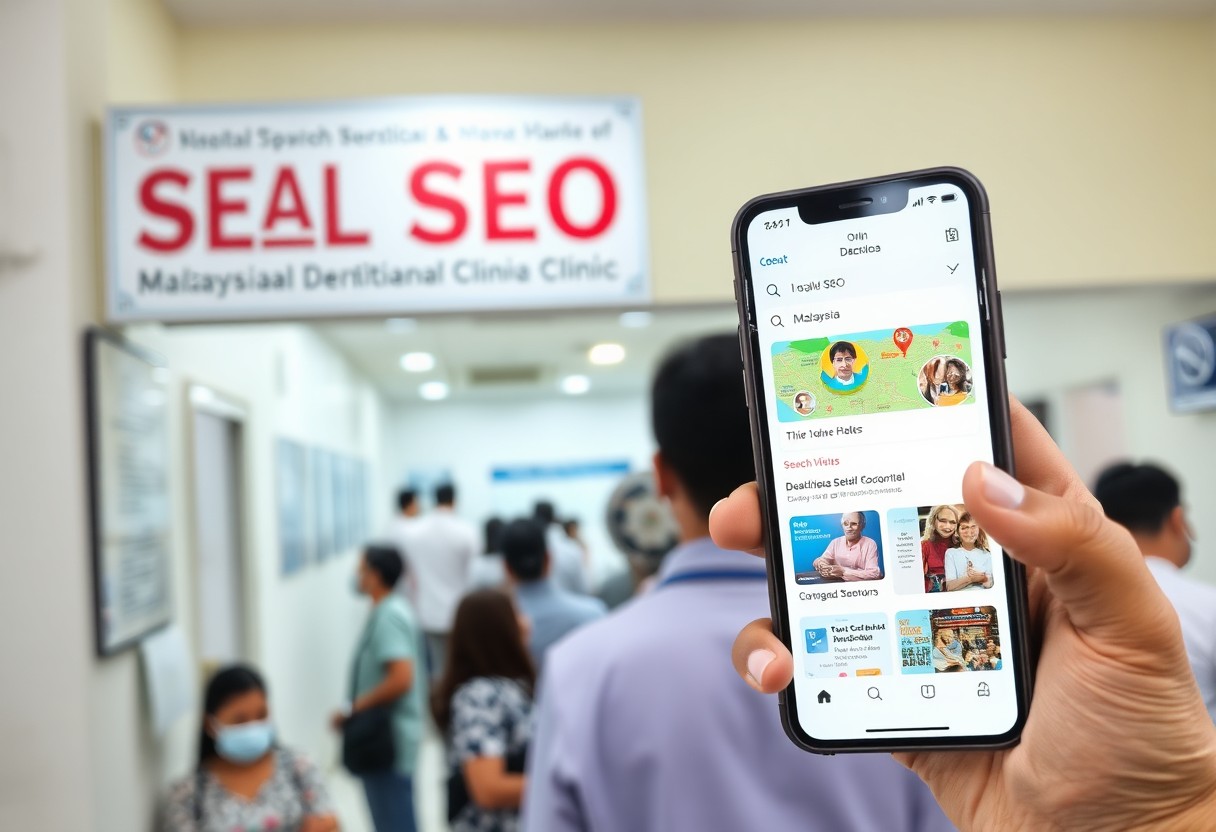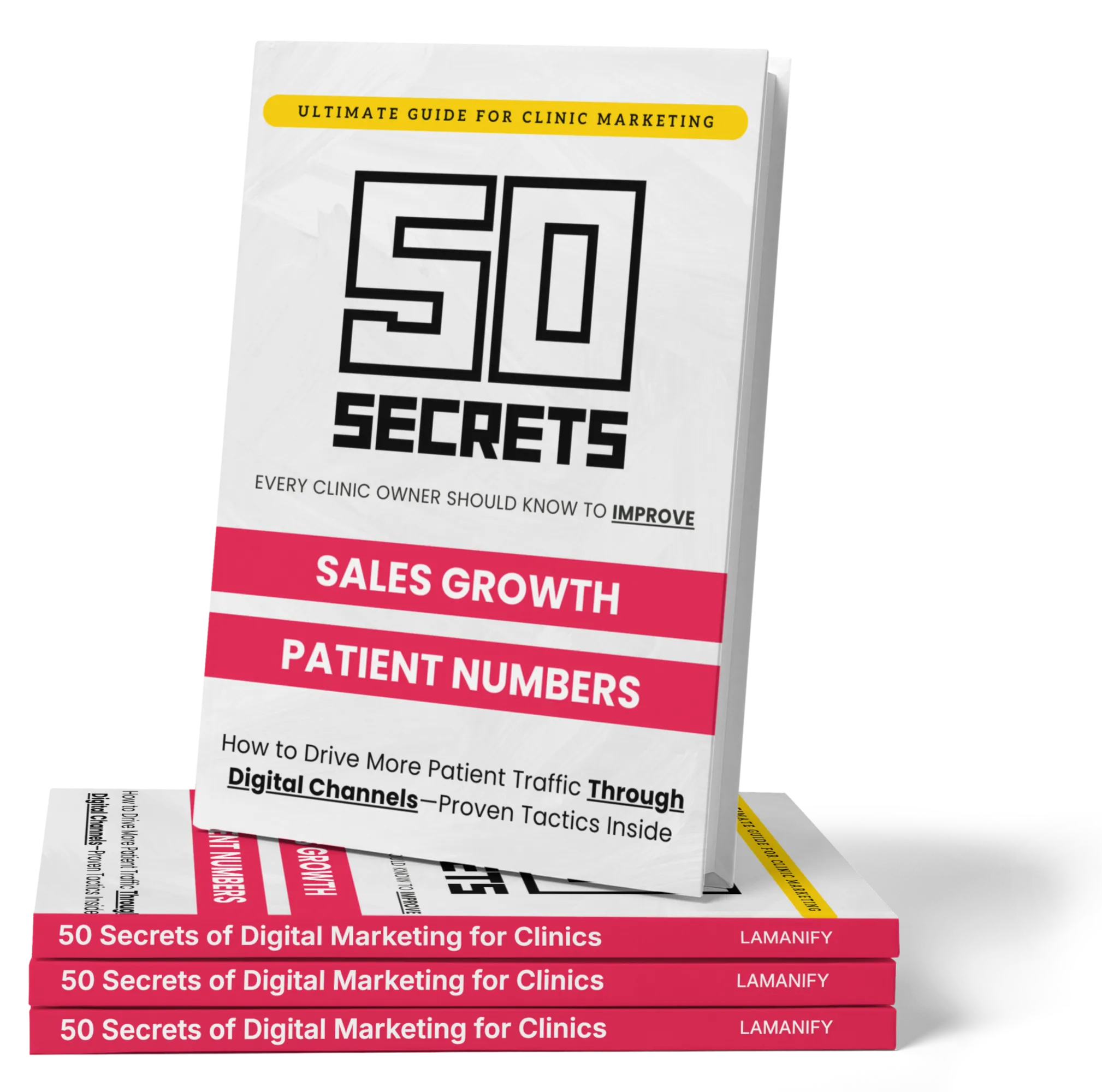

Navigating success in the universe of online business today is as cutthroat as it is paramount. Numerous sectors across Malaysia are directing attention towards amplified digital marketing strategies like never before.
Suppose you find yourself firmly ensconced in the realm of business yet remain untouched by the elements of digital marketing. In that case, there are good chances you’re letting a small fortune elude you.
Why so?
This is because digital marketing no longer stands as an optional venture; it has evolved into a dire necessity for businesses intending to reach out to a broader spectrum of audiences.
As countless commercial brands shift focus towards relaying their messages via the digital expanse, it becomes crucial for your establishment to board the same ship.
But hang on…
One crucial step awaits execution before you embark on the throbbing journey of moulding business via digital marketing.
Think of a website as the digital storefront of your business. It might not have a physical presence, but it operates as a store accessible to anyone online.
Your “digital office/store” is the hub of attraction that can reach those beyond the physical access radius. At a minimum, it provides an avenue for prospects to explore, enquire and ask about your offerings minus the need to visit in person.
Let’s return to the original question: what role does a website play in digital marketing?
Digital marketing rides on the principle of broadcasting business messages online to direct traffic elsewhere – it could be your social media handles, direct communication with you, or, most importantly, your website.
The best-case scenario revolves around driving the traffic towards your website, effectively maximizing the impact of your digital marketing efforts.
What’sWhat’s the reason?
Let’s cross out the first two.
Social Media: Channeling traffic towards your social media may bolster brand consciousness and increment follower count. However, increasing both these metrics doesn’t guarantee sales. Additionally, the possibility of your social media profiles being hacked or banned lingers constantly. Plus, the platform doesn’t belong to you, limiting you to the rules set by the social media channel.
Direct Contact: Direct communication mediums like WhatsApp, Messenger or even calls can benefit conversions. Your team can directly engage with potential customers and convince them to sign the deal. This strategy might prove advantageous if you have an adequate workforce to follow up and explain your products in detail. But, if manpower is scarce, direct contact may become a losing proposition. You’llYou’ll spend on lead generation sans follow-up or sales-closing.
Now, let’s revisit the last but best option: driving all traffic to a website.
The traffic steered towards a website boasts higher sales and brand awareness potential.
Creating an online identity might be challenging in the burgeoning digital presence era. Still, it grabs the attention of your target audience – those who are virtually hooked most of the time. If extending your reach to a broader audience segment while increasing the chances of high-value conversions is your goal, a website becomes your primary tool.
Here’s another factor to consider:
Your website can seamlessly transform prospects into paying customers with an appropriate design aligned to your brand and requirements, showcasing all products and services.
And the most fascinating part?
It’s all 100% automatic!
Your website serves as your round-the-clock salesperson. It continually displays your proficiency, industry knowledge, technical understanding and other vital tidbits that potential customers need to understand before purchasing.
As prospects browse through your professional, aesthetically sound website, their trust in you amplifies, increasing the likelihood of them becoming customers.
Digital marketing paves the path towards your website for those oblivious to your business.
That’s why here at Lamanify, we highlight the importance of design, functionality and UI/UX whenever we confer with clients. We aim to ensure that a website’s presentation and workflow prove instrumental in turning high-value prospects into long-term customers.
We’ve already delved into the role of a website in digital marketing. Now, let’s explore creating a website that makes your conversion rates soaring.
A website coded for various screen sizes (commonly called a responsive design) allows your digital platform to adapt to the browsing devices favoured by your target audience.
Since 90% of users surf the web on their mobile phones, it’s as imperative for your website to impress on smaller screens as it does on the full-sized displays of laptops/desktops.
A website must have a clear, intuitive, and user-friendly interface for its visitors. The navigation menu should be easy to understand and follow, ensuring users can quickly find the information they seek. This helps reduce bounce rates and increases the time spent on your site.
The website should be visually appealing and have a consistent brand identity across all pages. Consistency in logos, colours, typography, and other design elements contributes to the overall user experience and helps build credibility and brand recognition.
An effective website structure enhances user experience and improves search engine rankings. Ensure your content is well-organized and your site follows SEO best practices regarding URL structures, header tags, and metadata.
Perform extensive keyword research to uncover the terms your target audience is using when searching for products or services like yours. Incorporate these keywords into your website’s content to improve search engine rankings and drive organic traffic.
Develop a link-building strategy to obtain high-quality backlinks from relevant websites. These inbound links signal to search engines that your site is trustworthy, which boosts your rankings and increases organic traffic.
Craft content that caters to the needs and interests of your target audience. High-quality content increases your website’swebsite’s authority, attracts inbound links, and cultivates user engagement.
Incorporate diverse content formats like blog posts, videos, and infographics to keep users engaged and cater to different preferences. These formats can be shared on social media, extending your brand’s reach and amplifying website traffic.
Disseminate content across various social media channels to increase its visibility and reach. Integrating social sharing buttons on your website encourages users to share your content, potentially driving traffic back to your site.
Assess how users interact with your site to identify areas for improvement. Analyze conversion funnels, pinpointing roadblocks hindering users from completing desired actions, like filling out contact forms or purchasing.
Conduct A/B tests to compare different versions of webpages, calls-to-action, and other on-site elements. This data-driven approach identifies what works best for your audience, helping boost conversion rates.
Optimize calls-to-action (CTAs) using persuasive language, eye-catching designs, and strategic placement. Effective CTAs inspire users to take action, increasing conversions and contributing to your overall digital marketing success.
Integrate tracking codes and analytics tools, like Google Analytics, into your website to monitor user behaviour, website performance, and traffic sources. This data provides invaluable insights for informed decision-making.
Regularly review your website’s analytics data to identify trends, user behaviour patterns, and areas for improvement. This analysis enables continuous optimization and growth.
Utilize the insights from your analytics data to make informed decisions, continually refining and optimizing your website and digital marketing efforts.
Connect your website with social media profiles to consolidate brand presence and encourage user engagement across channels.
Implement email marketing campaigns and lead nurturing efforts to deepen relationships with subscribers and customers, driving repeat traffic to your website while increasing conversions.
Invest in pay-per-click (PPC) advertising to drive targeted traffic to optimized landing pages. Ensure these pages have strong CTAs to maximize conversion rates.
In conclusion, a well-designed and optimized website lies at the heart of your digital marketing strategy.
Your digital storefront can effectively drive brand awareness, engage visitors, and increase conversions. With its role in boosting organic traffic, enhancing user experience, improving search engine rankings, and integrating your other digital marketing channels, it’s clear that a website is the linchpin in your online success.
Moreover, the importance of an aesthetically pleasing, user-friendly website offering intuitive navigation and consistent branding cannot be overstated. Continuously refining and optimizing the website, using data-driven insights and continuous testing, helps to maintain its effectiveness and relevance in a rapidly evolving market.
Furthermore, integrating it strategically with content marketing, SEO, social media marketing, email marketing, and paid advertising ensures that all efforts deliver a united front that boosts your overall digital presence.
Therefore, Investing in your website is investing in your business’s future. It offers a reliable platform for making your business visible in the digital world, communicating with your audience, and driving growth. By recognizing and utilizing a website’s vital role in digital marketing, companies can propel themselves towards consistent and sustainable success in an increasingly digital age.



